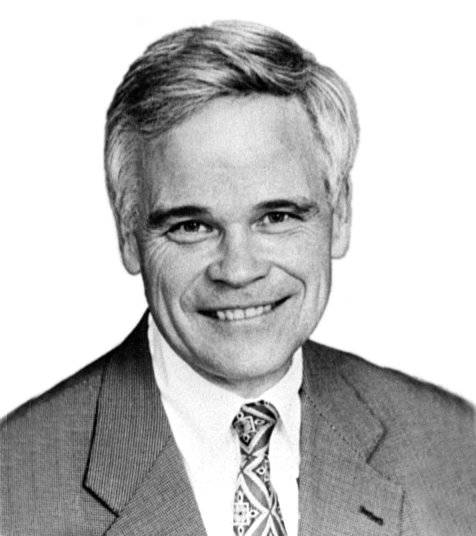Maybe, instead of taking down monuments to our past, we should be building new ones.
No, I am not suggesting that we fill the courthouse squares with more images of Confederate soldiers. However, I acknowledge that when I was growing up, those statues reinforced my admiration for the heroes who fought so bravely for the southern cause.
I am thinking of a need for different monuments to remind us that we cannot run from our history or pretend that it does not exist, monuments that make us better for the future by showing mistakes of our predecessors, especially the horrible ones we wish had not existed.
Recent news reports reminded us that Germans and American southerners have something in common.
Germans’ forebears, like ours, fought a brutal war against the United States of America. And they, like our Confederate forebears, lost. Our forebears share something else, something other than the burden of losing a war. The societies they fought so hard to defend were racist, brutal, and, at least in today’s world, utterly indefensible.
Both peoples must wrestle with controversies over monuments that their losing forebears erected to shape and preserve memories of the lost wars and the societies their soldiers fought and died to defend.
The large majority of monuments in the southern United State feature positive images of Confederate soldiers or leaders rather than dealing with the institution they fought to protect. But the major German monument, Berlin’s Holocaust Memorial is located prominently near the Brandenburg Gate. “The Lonely Planet Guide to Western Europe” advises that “this football-field-sized memorial by American architect Peter Eisenman consists of 2,711 sarcophagi-like concrete columns rising in sombre silence from undulating ground.” This large, prominent complex in the center of the German capital forces all Germans to remember this horrible part of their history and culture. Remembering might be an important step in insuring that nothing like the Holocaust happens again.
Not all Germans agree. Right-wing political leader Björn Höcke complains that Germans are “the only people in the world to plant a monument of shame in the heart of their capital.”
He questions Germany’s acceptance of responsibility for the Holocaust and the war. He calls on Germans to make a 180-degree turn in the way they look at their history.
But, according to a story by Katrin Bennhold on December 25 in The New York Times, “one recent Wednesday morning, Höcke woke up in his rural home to find the Holocaust memorial outside his bedroom window: 24 rectangular concrete slabs, one section of the original monument, rebuilt to scale on the property immediately neighboring his.”
According the CNN, the new construction was “to protest his call for Germany to stop feeling guilty about Nazi atrocities.”
We have a few monuments to the Civil Rights movement and its heroes. South Carolina has a monument on its capitol grounds that includes a few panels on the slave experience. UNC-Chapel Hill has a small memorial that honors men and women of color—enslaved and free. But we have nothing as dramatic as the Berlin Holocaust Memorial to do the ugly task of reminding us of our collective guilt.
To do that job, our memorial would show dramatically the break-up of families so poignantly described by Heather Williams in her book “Help Me to Find My People,” the brutal beating of escaped slaves shown by John Hope Franklin and Loren Schweninger in their book “Runaway Slaves,” and the horror of the marching in chains and standing naked in the slave market portrayed by Nancy Peacock in her novel “The Life & Times of Persimmon Wilson”.
It would be painful, but we need, just as much as the Germans, a memorial to this shameful part of our past, something to help us be sure nothing like it ever happens again.
D.G. Martin hosts “North Carolina Bookwatch,” which airs Sundays at 11 a.m. and Thursdays at 5 p.m. on UNC-TV.


